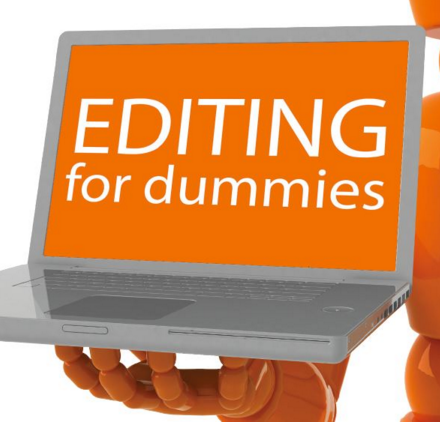 //QUICK BEANS//
//QUICK BEANS//
“Compressing time is the most common form of time manipulation.” (pg. 232)
“An image should be on-screen as long as necessary to transfer the information to the viewer.” (pg. 234)
“Editing is a dance of the eyes.” (pg. 237)
“Editors love having choices, including multiple focal lengths or camera angles of each actor.” (pg. 241)
“Editing is the third and final time a story is told during the production process and before screening.” (pg. 247)
Editing for Dummies
The job of the editor is to make a story make sense to the viewer. Osgood and Hinshaw discuss this concept in their chapter entitled “The Aesthetics of Editing” in their book Visual Storytelling. After reading this work, I realized there is way more to editing than I ever imagined. So for my blog post this week, I decided to compline a list of some vocab with editing as well as some tips for those looking to get into editing from the Osgood and Hinshaw reading.
VOCAB
- B-roll: footage that visually describes the story
- Continuity: the idea of maintaining story consistency from shot to shot and within the scenes (can refer to physical or technical continuity as well as spatial jump cuts)
- Cinéma Vérité: a genre of editing where emphasis is placed on the truth in the shot instead of the control usually dictated by the camera crew
- Establishing shot: a shot used to describe to viewers the bigger picture of the scene, i.e. where it taking place
- Sequence: a series of shots that relate to the same activity
- Mix: a generic term for a gradual transition where one image appears to fade while another begins to appear
- Fade: a solid color is the incoming or outgoing image as other image enters or exits
- Dissolve: a mix between two images
- Wipe: when one image moves across the screen replacing the previous image as it progresses
- Split or L-cut: cut that occurs when the picture and sound start at slightly different times
- Filter: effect applied to either a clip or entire program that alters the perspective, color, or other attribute of the clip
- Compositing: layering of track on top of one another

TIPS
- PRACTICE. Experience with editing makes you better.
- PAY ATTENTION. Attention to detail is crucial so that the final product flows together well and makes logical sense without any frivolous errors or oversights to details that might confuse an audience.
- THE MORE THE MERRIER. The closer your look at each frame, the more accurate and detail oriented you can be in your editing, so be sure to look at all the footage to see how it best fits together to make a cohesive story. Also, encourage directors to give you as much footage as possible because it is difficult to go back and try to recreate frames you find you need later (make and go over a story board for each project with everyone involved).
- THINK OF THE VIEWER. You as the editor know the story you are trying to tell, but viewers who are seeing your final product for the first time will not. As you are editing, consider shot order, shot relationships, where your cuts are, how they match up with sound, and how the story remains connected. It’s a lot to take in, but attention to detail in all these categories will help create a masterpiece.
//FEATURED IMAGE SOURCE//